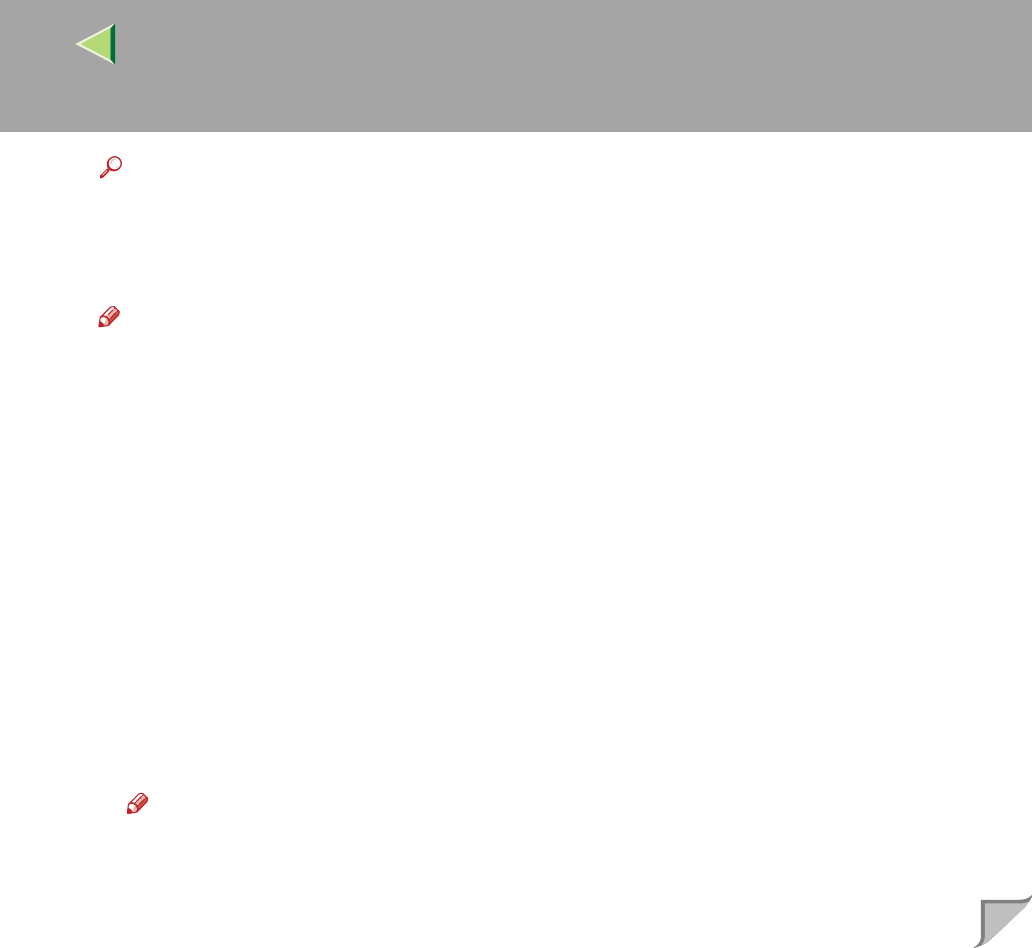
Operating Instructions Client Reference
58
Reference
For more information about how to make the above settings, see “Configuring the printer for the
Network” in the Quick Installation Guide.
If DHCP is used to assign IP addresses, see Appendix, “When Using DHCP” in the Administrator
Reference.
Note
❒ After setting the IP address, use the ping command to confirm that it has been set correctly.
A
Click [
Start
], point to [
Programs
], point to [
Accessories
], and then click [
Command Prompt
].
B
Type the following: (Example IP address is 192.168.15.16)
C:> ping 192.168.15.16
If the address has been configured correctly, the following message appears.
Reply from 192.168.15.16 : bytes=32 time<10ms TTL=32
If the address has been configured incorrectly, the following message appears.
Request timed out.
❖
❖❖
❖ Configuring a Windows 2000 computer
Follow these steps to configure a Windows 2000 computer to use the TCP/IP protocol.
A Click [Start] on the taskbar, point to [Settings], and then click [Network and Dial-up Connections].
B Click [Local Area Connection].
C On the [File] menu, click [Properties].
D Confirm that “Internet Protocol (TCP/IP)” is selected in the [Components checked are used by
this connection:] box on the [General] tab.
Note
❒ If the check box for TCP/IP protocol is not selected, select the box.
❒ If the TCP/IP protocol is not installed, click [Install...] on the [General] tab and install it. For more
information about installing the TCP/IP protocol, see Windows 2000 Help.


















